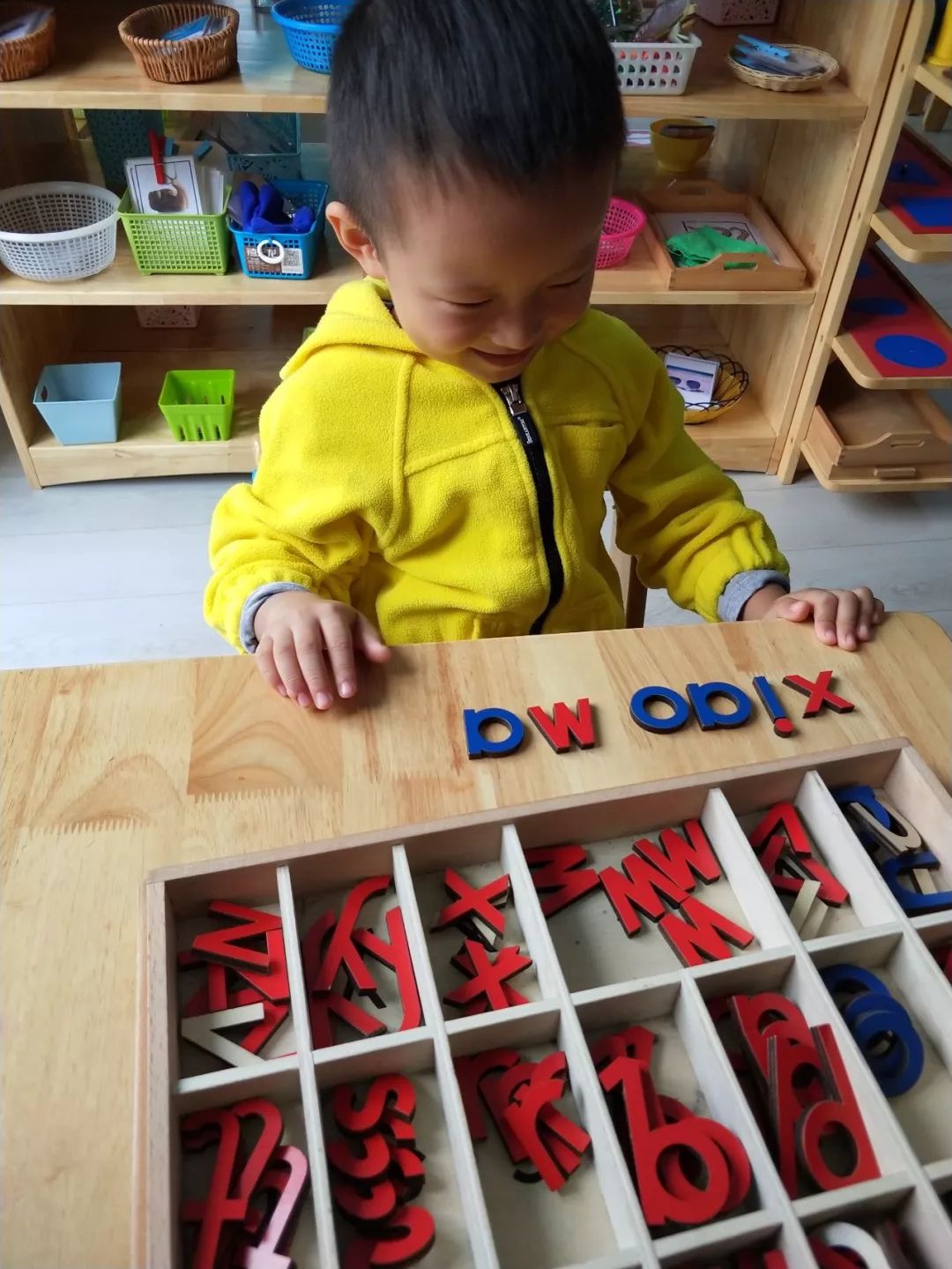| “自然拼读”和“汉语拼音"到底会不会混淆? | 您所在的位置:网站首页 › 英语english怎么拼读 › “自然拼读”和“汉语拼音"到底会不会混淆? |
“自然拼读”和“汉语拼音"到底会不会混淆?
|
目前来看,“自然拼读”作为幼儿英语学习的一个重要模块,特别受到家长们的关注。作为以英语为母语的国家的小朋友,在幼儿园阶段就要开始接受自然拼读的系统学习。国内接触过自然拼读教学的家长,也会比较感慨说,这种用发音规则来进行拼写训练的方式很像我们目前幼小衔接中的汉语拼音。 So far, “Phonics” can be one of the important parts for children’s English learning. And it is getting more and more attention. For children from English-speaking country, they start to have the systematic study of Phonics in kindergarten. And for children in China whose parents have had contact with Phonics, it is like the way we learn Pinyin at bridging class which follow the rules of pronunciation for spelling training. 那么问题来了,如果我们的孩子先来学习自然拼读,会跟之后学的汉语拼音混淆吗?或者我们先学习汉语拼音,再接触自然拼读,会不会出现混淆概念的情况呢?如果都学,会不会导致小朋友哪个都没学好呢? Then here is the question, if our children learn the Phonics first, will they be confused by Pinyin after that? Or if we study Pinyin first, and then Phonic, will they confuse these two different concepts? If they study both, will the result be the failure in both kinds of languages?
自然拼读就是英语的"汉语拼音"吗? Is Phonics the English “Pinyin”?? 作为英语母语国家儿童学习自然拼读的方法,是通过建立字母(Letter)和发音(Sound) 的对应关系,从而增加能够迅速拼读出英语单词的能力,即使是很长的,完全没有见过的单词都可以根据字母和字母组合的发音规律读出这个单词的正确发音。比如,看到temperature(温度),这个词字母很多,但是学过自然拼读的小朋友,即使不知道这个词的意思,也可以根据每个字母对应的发音,读成: /t/,/e/,/m/,/p/,/r/,/ə/,/tʃ/,/ə/。这就是自然拼读的魔力。听起来很神奇对不对? For English-speaking country, children learn Phonics based on the correspondence of letter and sound. It can help them speak out the English words very quickly even for the long words or totally strange ones. They can speak out the correct pronunciation based on the pronunciation rules of the combination between letters. For example, temperature. It has a lot of letters. But children who have learned Phonics, they can speak /t/,/e/,/m/,/p/,/r/,/ə/,/tʃ/,/ə/ based on the pronunciation of each letter even if they don’t know the meaning of it. This is the magic of Phonics. Does it sounds magical? 作为一种表意文字,汉语最初是没有拼音的,每个汉字本身,就代表着它的读音,根本不用拼读。为了规范和统一发音,普及汉字,我国1958年2月11日,才在内地渐渐发展出定音的法则。作为一套独立的表音体系,地位相当于英语中的音标,跟自然拼读本来就不是一个层面上的概念。 As a kind of ideograph, original Chinese has no Pinyin. And every Chinese character itself represents its pronunciation. No spelling at all. In order to standardize and unify pronunciation, China gradually develop the rules of tone setting in mainland since Feb 11, 1958. as an independent phonography system, it is like phonetic symbols in English. It is not a concept on the same level with Phonics. 不管是汉语拼音还是英语音标,都是作为学习一种语言的工具,并不作为语言内部的一部分。 即使我们不学习英语音标和汉语拼音,也能学会英语和汉语。只不过,因为有了这两套可以辅助和矫正发音的辅助工具,这两种语言学习起来,会更便捷和直观。 Both Pinyin and Phonics are tools of learning a language. It is not a part of language itself. Even though we do not use Phonics or Pinyin, we still can learn English and Chinese. With the help of these two kinds of auxiliary means which adjust your pronunciation, you can learn both language in a more convenient and intuitional way.
到底两种语言能不能一起学? So can children learn both languages at the same time? 一定要相信,孩子是天生的语言专家。 You have to believe that children are born language experts. 曾任美国俄亥俄州立大学记忆与语言实验室负责人的 Steven 博士,就给过非常明确的答案:不用担心,自然拼读不会影响孩子学拼音。 因为孩子大脑本身具有一种 language acquisition device (语言习得机制),能凭借各种外部资源,不同的场景带入,或认知技巧都可以化解语言混淆,自动归位。 处于语言黄金期的孩子,大脑对不同语言的接受是非常智能化的。就算自然拼读和汉语拼音是两套知识,孩子在接受不同语言知识的时候,只要是有属于某种语言的场景,就可以把不同的语言信号分别储存在大脑不同的“区域”中。 Dr.Steven who was the head of the Memory and Language Lab at Ohio State University has given a very clear answer before: do not worry, Phonics will not affect your children learning Pinyin. Because there is a language acquisition device in children’s brain, it can resolve language confusion and automatically shifting by using external resources, different scenes and cognitive techniques. Children who are at the golden stage of learning language, their brains are very intelligent for accepting different languages. Even if Phonics and Pinyin are totally two different kinds of knowledge, when children are accepting two different languages, as long as it belongs to a certain language scene, they can store the different language signals in different areas of the brain.
汉语拼音和自然拼读真的会混淆吗? Dose Pinyin truly confuse Phonics? 对于一个孩子来说,如果汉语拼音和自然拼读都是刚接触,那么混淆的可能性是有的,但也会是暂时的。因为,对于一点基础都没有的孩子来讲,同时接触同一字母的两种形式,他们的思维能力,并不能区分清楚什么地方会使用自然拼读、什么地方会使用拼音。 这种混淆的情况出现,不是因为孩子接触了多重语言,而是因为孩子本身没有对某一种语言形成内化的认知。也就是没有形成固定的语言体系和语言环境,才容易导致混淆。而现实中,如果这个孩子事先已经形成了某种语言内化思维方式,再去接触新的语言,就很难出现混淆的现象。 For a kid, if he/she just start to contact Pinyin and Phonics at the same time, it might be true. However, it is temporary. Because for a kid without any basic information, their mind set can not distinguish between Phonics and Pinyin when they see the two forms of one letter. For the situation of this confusion, it is not because children have been exposed to multiple languages, it is because children themselves do not capture the internalized perception of a certain language. In another way saying, they do not form a fixed language system and a language environment. In this way, they will be confused. In reality, if the child has already formed an internalized mind set for a certain language, he/she will learn another new language without confusion.
万一真的发生混淆,该怎么办? What do we do if the confusion happens? 如果出现混淆,虽然是暂时的,但还是建议家长在情景化的绘本和亲子互动的游戏环节,进行强化。因为我们的母语是汉语,所以在汉语拼音的接受上,会比自然拼读要容易,毕竟孩子是被汉语包围起来的语言环境。而当孩子在学习英语的时候,单纯通过在英语动画和游戏中渗透的语音来打通耳朵其实并不完全够,还需要我们把英语的点滴渗透到生活场景中,让孩子形成后天的场景化生活和学习的模式。 First, the confusion is temporary. But we still recommend parents strengthen it by reading contextualized picture books and playing parent-child interaction games. For our mother language is Chinese, children will accept Pinyin much more easily than Phonics by surrounded in a Chinese speaking environment. Therefore, when children are learning English, it is not enough for being immersed by English cartoon and games, it also needs us to penetrate English into daily life for helping children acquire it through learning by life and study scene.
|
【本文地址】




 返回搜狐,查看更多
返回搜狐,查看更多